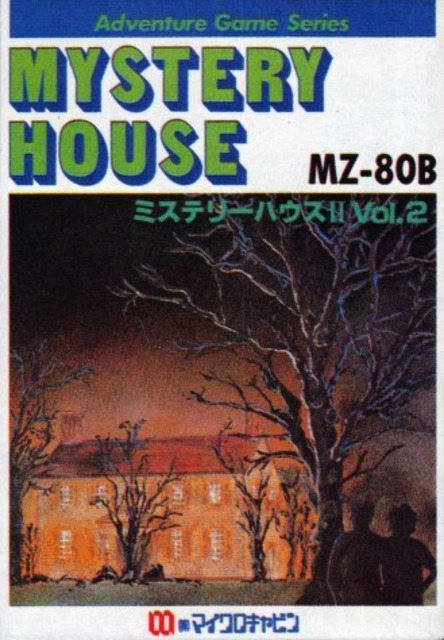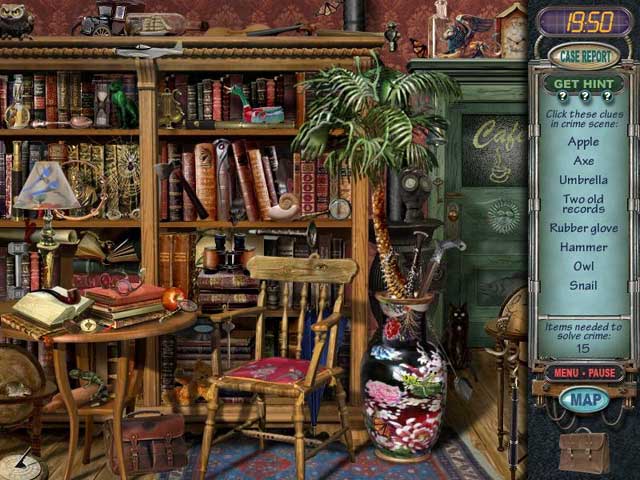

However, if you need to figure out that a circle on a wall actually portrays a hole that you can climb into, it becomes a bit more frustrating.Ĭlimbing through that hole will lead you to the forest outside.

When this concerns a large man-sized key on a table, this isn't a problem. Only simple descriptions would have to be given to clear things up, such as "You are in the kitchen" or "You are standing outside of the house." Therefore, in Mystery House you need to examine the rooms closely in order to figure out what can be picked up and what can be interacted with. The Williams figured that since their revolutionary new game had pictures everywhere, there would no longer be a need to describe rooms and objects as thoroughly as other pure-text adventures did. For example, "PICK UP KNIFE" won't work, but "PICK UP BUTTERKNIFE" does.

Commands need to be typed in capital letters, and precise wording is often needed. The parser is basic even compared to games in which you thought the interface couldn't get more simplistic, such as King's Quest I. You get to see these characters only twice: once when they're all gathered together in the main hall at the beginning of the game, and each of them individually once they're dead.

Conversation isn't available, so the people are characteristically as flat as they look. If you've played that title, you'll surely notice similarities between the stories, along with how much Roberta's interactive storytelling abilities improved over the course of nine years.įrom the introductory text, we learn a little about the people in the house, like their names, occupation and hair color (even though you can't see color in the game). On a side note, Roberta Williams created the 1989 game Laura Bow: The Colonel's Bequest as an improved version of Mystery House. We don't learn anything about why there is a treasure buried, what the history of the house is, or even get any detailed description of the characters. While this may sound like an extremely short synopsis, it's actually all there is to MH's plot. In the end, you come face to face with the murderer, and if you survive, you will be able to claim the treasure for yourself. You are one of eight people that arrive in an old Victorian house in search of a treasure buried somewhere. Little did Ken and Roberta know that their newly founded company would eventually become a market leader in the games industry, creating dozens of quality adventures over the course of the next twenty years.īefore going into details more elaborately, let's discuss what the story is about. Still, the invention of graphic adventures turned out to be a winning formula. Also, neither music nor sound effects were options at the time. Later on, the Apple II also featured the colors green and purple. Of course, given the technology available at the time, they were limited to crude screen images presented in black and white. Roberta came up with an idea that would change the world of computer gaming forever: they were going to associate the typical text descriptions in adventure games with real pictures.
Mystery house game pc 80s software#
Ken Williams had been coding software for the Apple II for a living and was interested in doing the project with his wife. Roberta soon realized she could design such a game herself, and asked her husband to do the programming. Back in the late 1970s, Roberta Williams was playing the first text adventure game ever created.


 0 kommentar(er)
0 kommentar(er)
